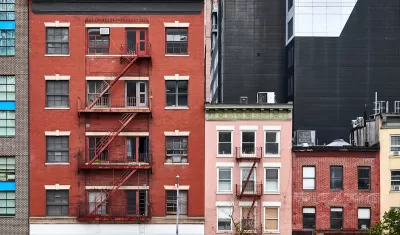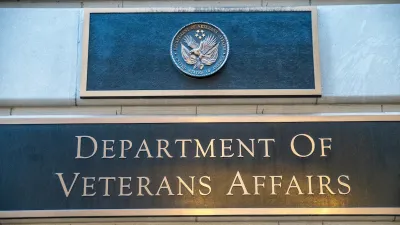Randomized trials show a high rate of success for the Housing First approach to reducing homelessness.

Despite recent opinions that the homelessness response model known as Housing First is too expensive and inefficient, a report from the Urban Institute asserts that “Misconceptions about Housing First ignore decades of evidence of its effectiveness.”
According to the report, “Randomized controlled trials in the US and Canada have demonstrated how permanent supportive housing programs—most of which use the Housing First approach—improve housing and quality-of-life outcomes for participants in the short and long term. Studies have also shown how these programs can reduce reliance on costly emergency services (PDF) and increase access to community-based care.”
The report explains how Housing First interventions help people access supportive services and stable housing by connecting residents with services and healthcare. In Denver, for example, “Permanent supportive housing program participants were more likely to access housing and stay housed than people receiving services as usual. During the first year, people in the treatment group were housed for an average of 172 days, while those in the control group were housed for just 19 days.” More importantly, 80 percent of people in the treatment group were still housed after three years—a dramatic difference from 18 percent in the control group.
The report adds that, for Housing First programs to succeed, they must be funded appropriately. “Permanent supportive housing and other programs based in the Housing First approach can help us work toward ending homelessness. But to meet the housing and supportive-services needs of our communities, these programs need to be funded to scale.”
FULL STORY: Housing First Is Still the Best Approach to Ending Homelessness

Alabama: Trump Terminates Settlements for Black Communities Harmed By Raw Sewage
Trump deemed the landmark civil rights agreement “illegal DEI and environmental justice policy.”

Planetizen Federal Action Tracker
A weekly monitor of how Trump’s orders and actions are impacting planners and planning in America.

The 120 Year Old Tiny Home Villages That Sheltered San Francisco’s Earthquake Refugees
More than a century ago, San Francisco mobilized to house thousands of residents displaced by the 1906 earthquake. Could their strategy offer a model for the present?

BLM To Rescind Public Lands Rule
The change will downgrade conservation, once again putting federal land at risk for mining and other extractive uses.

Indy Neighborhood Group Builds Temporary Multi-Use Path
Community members, aided in part by funding from the city, repurposed a vehicle lane to create a protected bike and pedestrian path for the summer season.

Congestion Pricing Drops Holland Tunnel Delays by 65 Percent
New York City’s contentious tolling program has yielded improved traffic and roughly $100 million in revenue for the MTA.
Urban Design for Planners 1: Software Tools
This six-course series explores essential urban design concepts using open source software and equips planners with the tools they need to participate fully in the urban design process.
Planning for Universal Design
Learn the tools for implementing Universal Design in planning regulations.
Clanton & Associates, Inc.
Jessamine County Fiscal Court
Institute for Housing and Urban Development Studies (IHS)
City of Grandview
Harvard GSD Executive Education
Toledo-Lucas County Plan Commissions
Salt Lake City
NYU Wagner Graduate School of Public Service





























